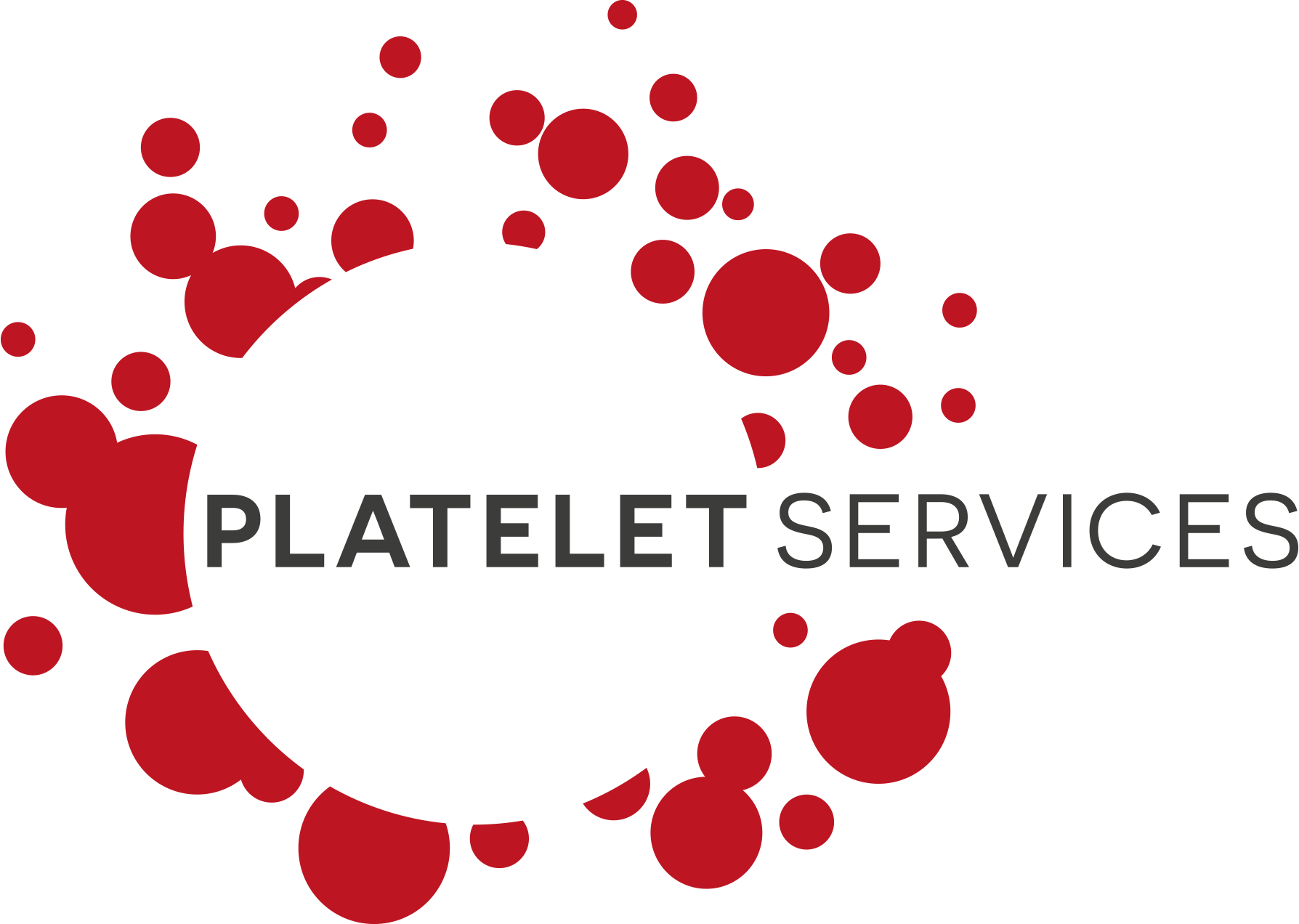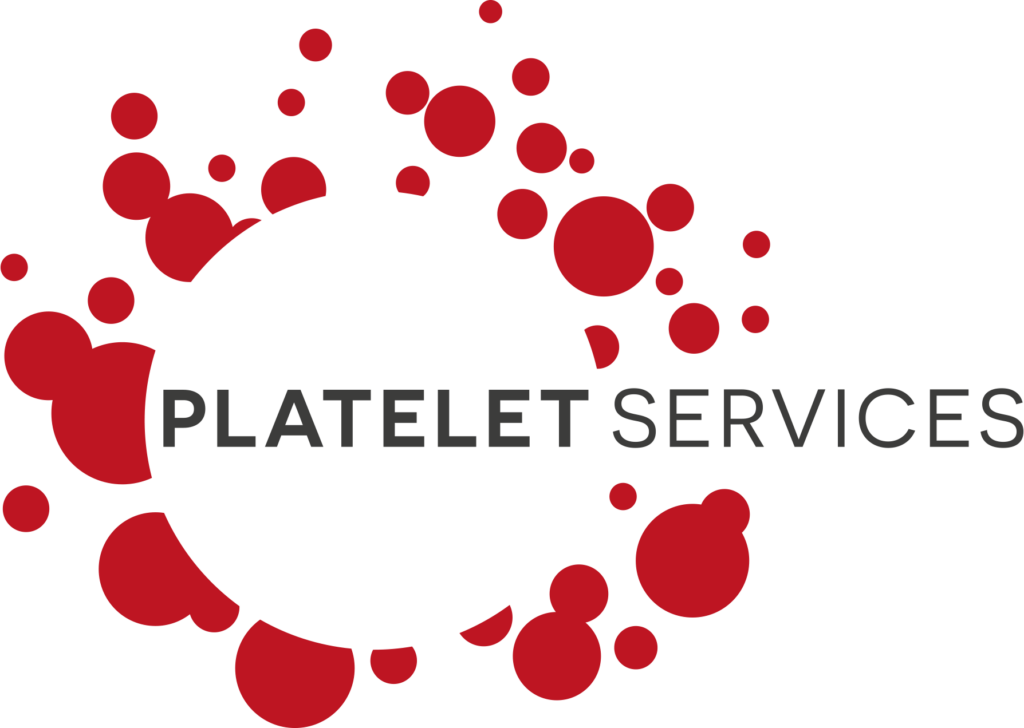In our blog series on anti-platelet therapy, we have covered the development of both intravenous and oral therapies and the role of platelet function testing in the discovery, development and monitoring of these agents.
In this latest commentary, we speculate on future directions in this area. The future landscape can be divided into two themes: consolidation in use of existing therapies and opportunities for new agents in “niche” indications.
Consolidation
As previously described, oral anti-platelet therapy (APT) can be delivered singly (SAPT = aspirin or a P2Y12 inhibitor (clopidogrel, prasugrel, ticagrelor)) or as a dual combination (DAPT = aspirin plus one of the P2Y12 inhibitors).
The choice between SAPT and DAPT, and the choice of P2Y12 inhibitor within DAPT depends on multiple factors: indication, timing, patient factors (such as the ability to generate the active metabolite of clopidogrel), risk-benefit (particularly thrombosis risk vs bleeding risk), co-morbidities, and co-medications. At present, cost can also be part of the equation, but this will shift once generic versions of ticagrelor become available.
There may also be a shift in some settings from the use of DAPT or SAPT with aspirin to SAPT with a P2Y12 inhibitor, with the potential for greater benefit and reduced bleeding risk. This trend could also be augmented if bentracimab, an antibody that specifically and rapidly reverses the effect of ticagrelor and its active metabolite, receives approval. Precision medicine guided by genetic and/or platelet function testing may also play an increased role in the selection of the most appropriate anti-platelet therapy.
New agents/niche indications
With the range of agents and permutations already available and embedded in treatment guidelines for the “mainstream” use of existing anti-platelet agents, it seems likely that the opportunity for new approaches will lie in more “niche” indications, with the choice of indication driven by matching mechanistic understanding of an agent with a specific platelet-related pathophysiology.
Two examples are VLX-1005, a 12-lipoxyenase inhibitor being progressed in the clinic for the treatment of heparin-induced thrombocytopenia, and APAC, a dual AntiPlatelet AntiCoagulant, which targets sites of vascular injury, acting locally to inhibit thrombosis and inflammation. APAC is being evaluated clinically for its ability to improve the outcome of surgical arteriovenous fistula (AVF) formation and maturation, increasing the number of AVFs that can be successfully used for haemodialysis in patients with end-stage kidney disease.
A final mention should be given to attempts to target GPVI, a platelet surface receptor involved in collagen-induced platelet activation. Targeting GPVI offers the potential to inhibit platelet aggregation and clot formation at sites of vascular damage without compromising normal haemostasis. Unfortunately, the initial promise of this approach has not so far been realised, with disappointing results with both the fusion protein, revacept and the antibody fragment, glenzocimab, in initial Phase 2/3 studies. However, further studies, which may support further development, are in progress or planned.
Here at Platelet Services, we provide full-range, independent pre-clinical services in platelet testing. Our mission is to use best practice to solve platelet challenges in drug discovery and development. Find out more about our service offering here.

